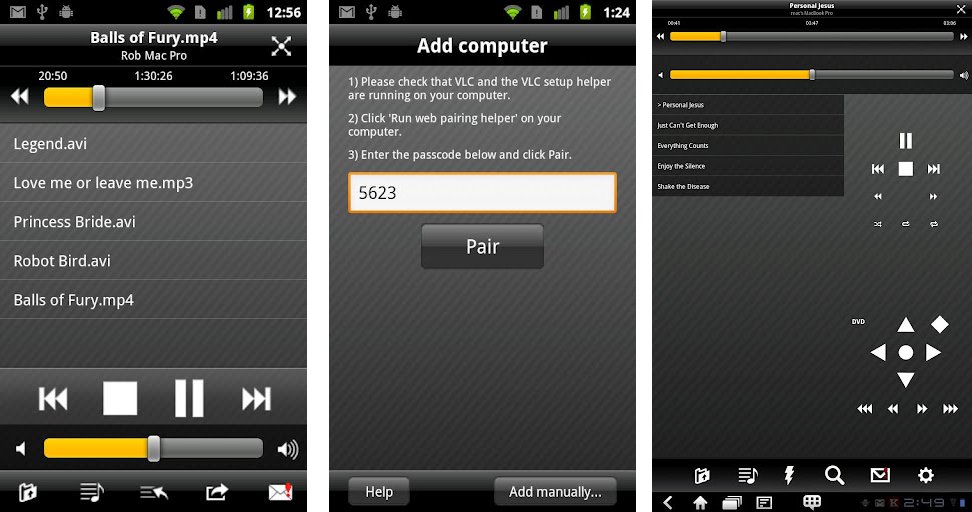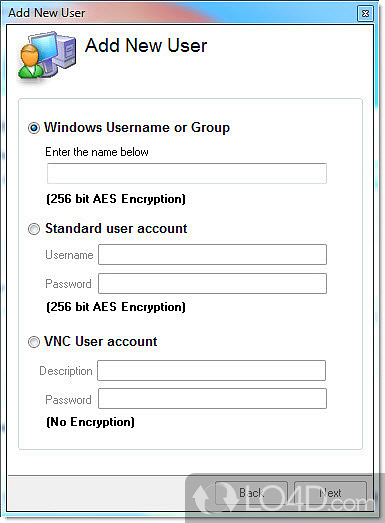Software Controls The Remote Server
. Remote-control software is programming in a central or computer that is used to control other computers (or their users) at a distance, either under the control of an administrator or at the request of the user. Although remote-control software existed before the (for remote diagnosis of computer problems and other purposes), the Web has essentially built a platform on which anyone can build a new remote-control application that can reach millions of computers and their users. Remote-control software can be viewed as one class of application furnished by s. Remote-control software can be divided into applications for use within a private network (such as an ) or for use on the public network. In a private network, remote-control software can be used to and administer all computers from a central point.
On the public network, users can request such services as name lookup or arrange to have their files backed up automatically once a day. Remote-control software can also be used in a classroom system where one becomes the 'master' of student computers, automatically reconfiguring them or turning them off at night.
Free Computer Remote Control Software
My computer recently updated to Windows 10 version 1809 and as with all previous major updates of Windows 10, this wipes out the Remote Server Administration Tools (RSAT). However, unlike previous versions, Microsoft has now made RSAT available via Features on Demand and while you’re supposed to be able to install them from the GUI, they never showed up as being an option for me. That’s not really a problem though since they can now be installed via PowerShell. Who needs a GUI anyway? The computer used in this blog article runs Windows 10 Enterprise Edition version 1809 with Windows PowerShell version 5.1 which is the default version of PowerShell that ships with that operating system. The execution policy has been set to Remote Signed (the default is Restricted), although it may not matter for this installation. The commands used in this blog article are part of the Deployment Image Servicing and Management (DISM) PowerShell module that’s installed by default on Windows 10.


Get-WindowsCapability -Name RSAT.Online It’s easier to see what’s available by piping to Select-Object or Format-Table and only selecting a couple of the properties. While it didn’t matter in this scenario, I generally pipe to Select-Object if I have four or fewer properties and want the output in a table. Because Select-Object returns objects that are usable by other commands in case I wanted to pipe the results to something else. Unless custom formatting has been applied, five properties would result in a list by default in which case I’d have to pipe to Format-Table to return the results in a table. Get-WindowsCapability -Name RSAT.Online Add-WindowsCapability -Online If the Add-WindowsCapacity command was written using best practices, you could have specified the Confirm parameter and walked through each Feature on Demand selecting whether or not to install it, but unfortunately support for WhatIf and Confirm wasn’t added to it. All PowerShell commands that make changes should support WhatIf and Confirm otherwise the changes could result in a Resume generating event.
Confirm that the tools were indeed installed successfully.